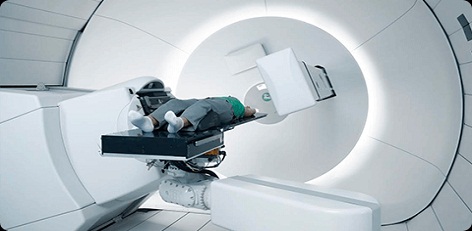This new launch from Chennai based Apollo Hospitals to be highly beneficial
Posted on: 25/Jan/2019 9:40:13 AM

On Friday, 25th January 2019, vice-president of India Mr. Venkaiah Naidu would become cynosure of many eyes when he inaugurates the Apollo Proton Cancer Centre in Apollo Hospitals in the Chennai. This centre has got 150 beds and it was constructed at a huge amount of Rs 1300 crores for the sake of many cancer affected patients is known.
The point is cancer affected patients would get treated by proton therapy at this centre and this proton therapy is a specialised form of targeted radiotherapy aimed to destroy the cancer cells. The dose to the surrounding tissues of the cancer affected patients would be limited by this proton therapy. Already this proton therapy is being offered to the cancer affected patients in as many as 15 centres all over the world and the upcoming one at Chennai would be the 16th proton therapy centre. It is worth mentioning here that the therapy centre would have 3 therapy rooms with advanced radiation oncology centre with 2 linear accelerators. This proton therapy centre would have a medical oncology, immunotherapy facility, high-end day care chemo wards and 5 modular digital MRI integrated outpatient units for the patients.
There are some patients who would have complex tumours and for them the superb piece of news is a pencil beam scanning technology that provides highest degree of precision would be used to treat the complex tumours. Various areas in the body where this proton therapy could be used to treat cancer cells are eye, brain, brain stem, spinal cord, neck, abdomen, pelvis etc. By using this proton therapy both recurrent as well as paediatric cancers could also be treated well.
According to Dr. Rakesh Jalali, medical director and head of Apollo Proton Cancer Centre, a small dose could reach the tumour in a concentrated way without damaging the healthy tissues of even most complex tumour shape. He then explained about how around 5% of cancer patients would meet the criteria for proton therapy and how it could be more in the future. He shed light on the benefits of proton therapy and said damages to the surrounding tissues are minimised plus side effects are reduced.







